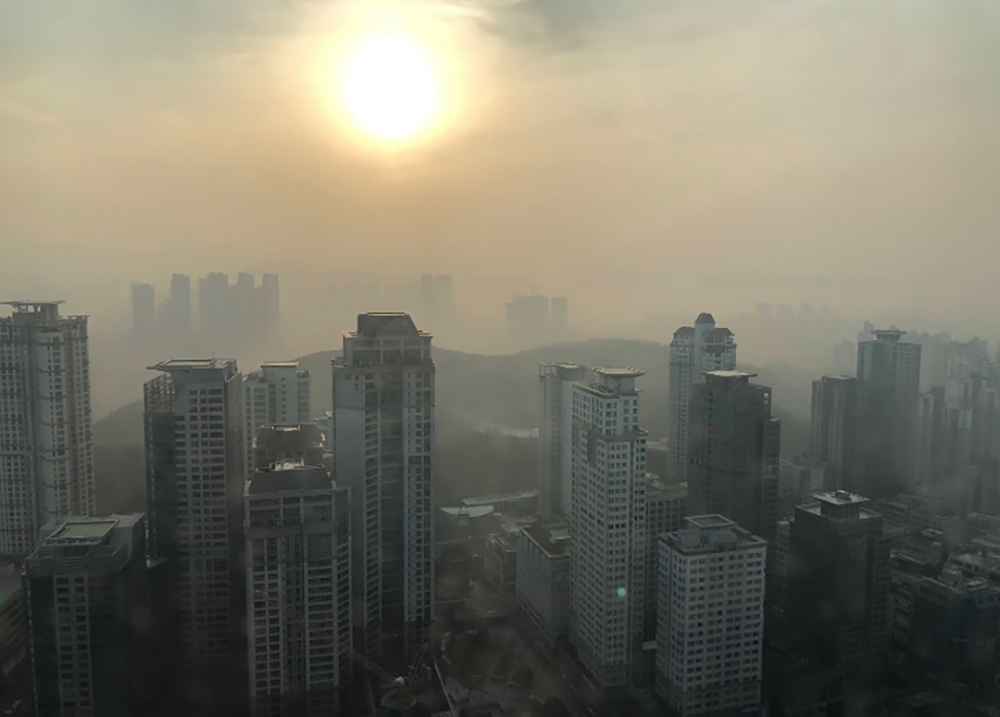Recent research from The University of Texas at Austin reveals alarming findings about the impact of declining aerosol levels on heatwave occurrences in populated regions. As heatwaves become more frequent worldwide, this study—published in Environmental Research Letters—highlights how reducing aerosols, which contribute to air pollution, may be exacerbating the problem.
Cameron Cummins, a co-author of the study, explains, “While we knew that aerosol emissions were suppressing global warming at the regional level, we found that their impact on heatwaves near urban centers was much more significant than we expected.” Although clean air policies aimed at improving public health have led to reduced aerosol emissions, this study warns that urban areas may be at higher risk for heatwaves as a result.
Using advanced global climate models, researchers found that aerosols play a vital role in moderating temperature changes, being up to 2.5 times more influential than greenhouse gases in urban heatwave events. Higher levels of aerosols effectively reflect sunlight, resulting in lower heatwave exposure, but this balance is shifting as aerosol levels decline.
The research indicates that from 1920 to now, increased aerosol levels had helped decrease heatwave occurrences in urban settings by nearly half. Unfortunately, this trend is reversing, with projected outcomes showing that heatwaves could rise from an average of 40 days per year today to about 110 days annually by 2080 in certain regions, including Sub-Saharan Africa, South Asia, South America, and Western Europe.
Geeta Persad, the study’s lead author and assistant professor at the UT Jackson School of Geosciences, underscores the urgency of the situation: “We seem to have already crossed a tipping point where declining aerosols are accelerating heatwave exposure in many places.”
In Western Europe, for example, elevation in the incidence of heatwaves could surge by as much as 40 days per year over the next 25 years due to falling aerosol levels, marking a significant shift from the late 20th century when aerosols largely counteracted the effects of greenhouse gases.
The study offers a sobering reminder that the immediate health benefits of reducing aerosol emissions must be balanced with preparedness for intensified heatwave risks. Persad warns cities that this shift in aerosol dynamics could dramatically influence future heatwave hazards over the next 20 to 30 years.
Funding for this study was provided by the National Oceanic and Atmospheric Administration and the National Science Foundation, with research contributions from Jane Baldwin, an assistant professor at the University of California, Irvine. As the world grapples with climate change, the findings serve as a critical alert for urban planning and public health strategies going forward.






